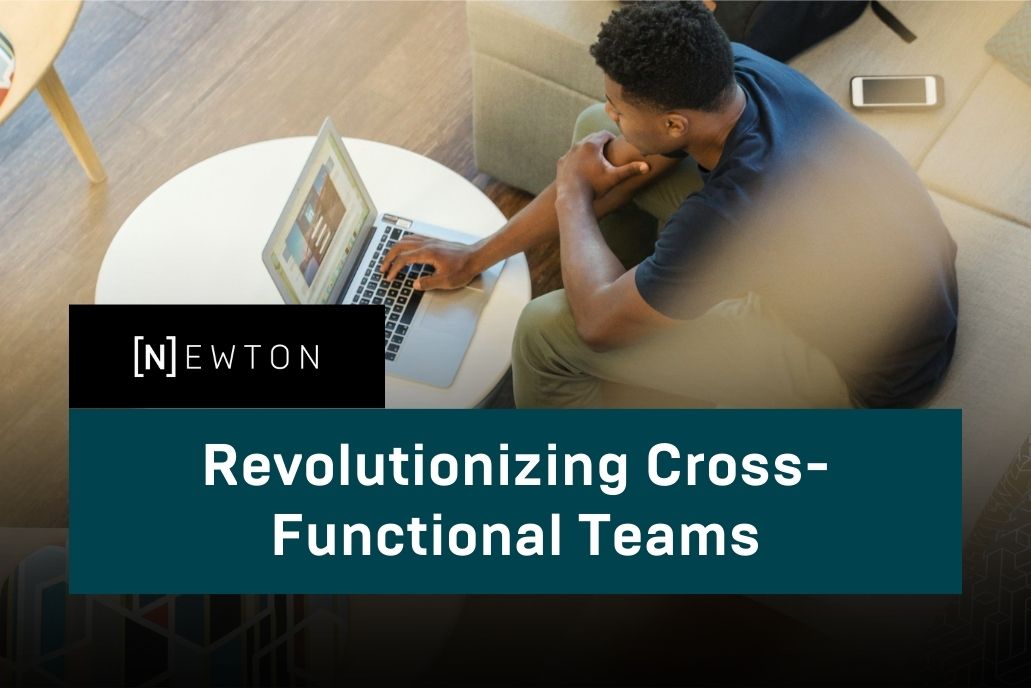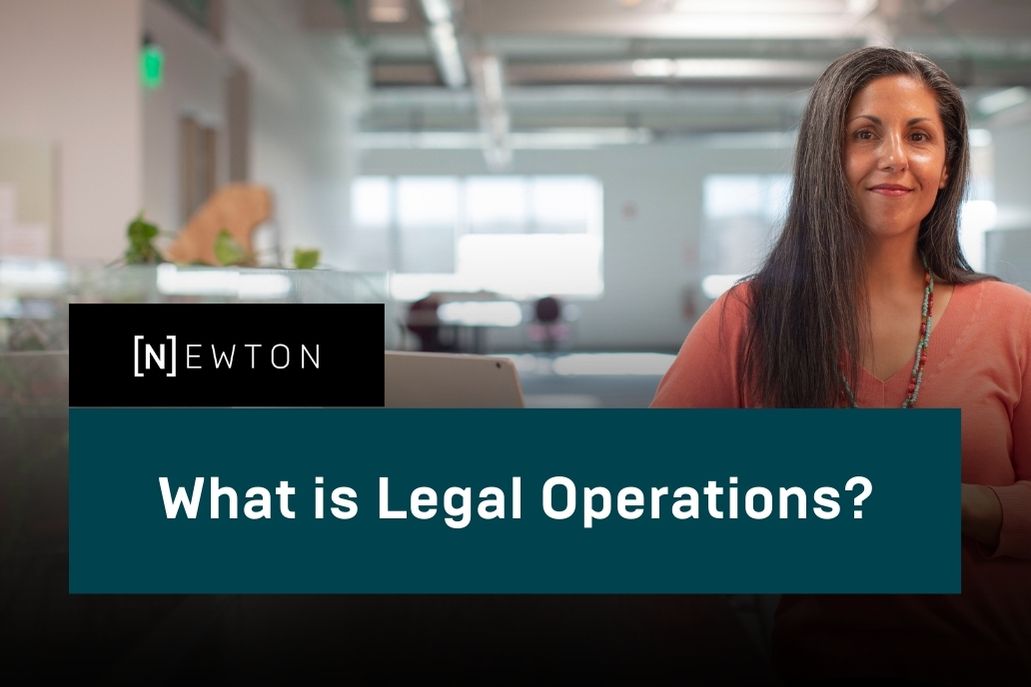
Legal Ops
OKRs for Legal Teams: Unlocking SuccessBy admin · June 19, 2023 · 8 minute read
Setting goals is key to the success of legal teams. But how can you set the right goals in a way that drives ...

Legal Ops
Knowledge Management for In-House Legal TeamsBy admin · June 7, 2023 · 6 minute read
Knowledge management is crucial for the success of a legal team. Here’s what you need to know. In the fast-paced world of legal ...

Legal Ops
Revolutionizing cross-functional teamsBy admin · May 11, 2023 · 15 minute read
Revolutionize cross-functional work for better collaboration in legal ops and between teams. Here are the advice and tools we love to use at ...

Legal Ops
Legal Operations: The 3 Ps of Legal OpsBy admin · January 27, 2023 · 6 minute read
Legal operations can be overwhelming. From the CLOC core competencies and the ACC legal ops maturity model, this blog distills the topic into ...

Legal Ops
How to avoid Silos Work in Legal OpsBy admin · January 13, 2023 · 6 minute read
How to implement digitalization, service delivery, collaboration, business strategy, and business culture to avoid silos. For companies to survive in today’s volatile economy ...

Legal Ops
What is Legal Operations?By admin · December 30, 2022 · 8 minute read
Legal operations is revolutionizing the way the world of in-house legal operates. This article is an introduction to legal ops and how it ...